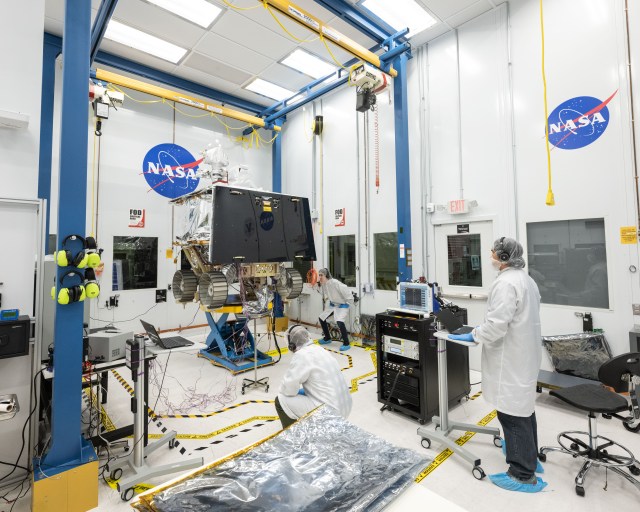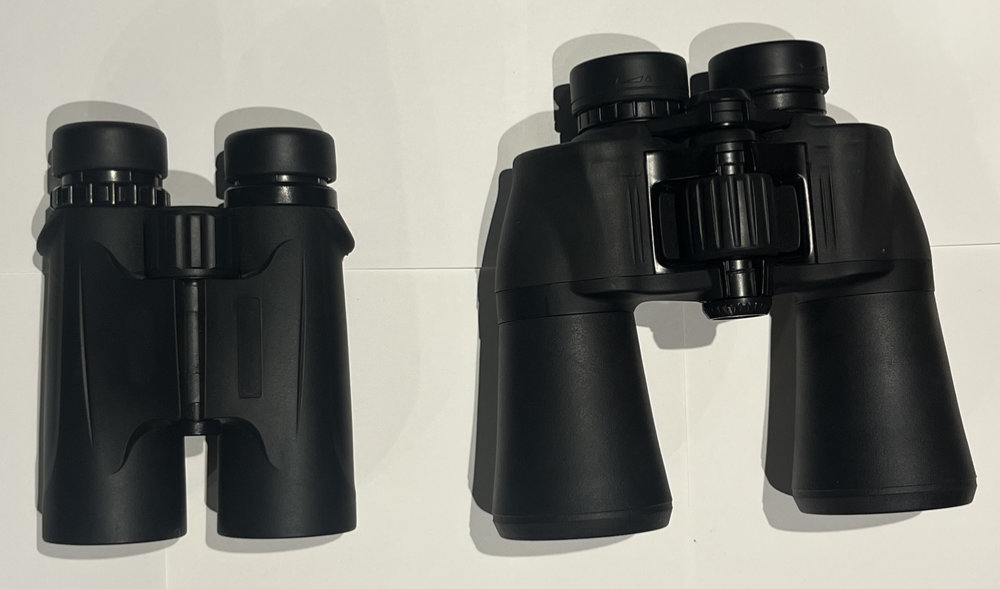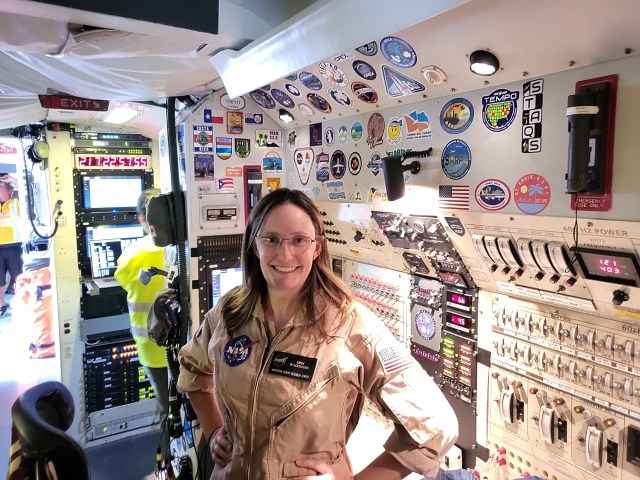
Fine-Tuning Rotorcraft Simulations
Researchers in the Rotary Wing Project in NASA's Fundamental Aeronautics Program are developing advanced computational fluid dynamics (CFD) methods to help further our understanding of rotor aeromechanics and improve the performance of new rotorcraft concepts. Performing accurate aerodynamic analyses of rotorcraft such as helicopters is very challenging, as flexible rotor blades form vortices that interact with other blades and vehicle components, resulting in very complex flow fields. In this image, a CFD simulation of a Black Hawk helicopter rotor in forward flight shows blade vortex interaction and the largest turbulent structures. Red and blue colors correspond to high and low values of vorticity, respectively. This simulation was run on the Pleiades supercomputer at the NASA Advanced Supercomputing (NAS) facility. Using advanced simulation methods, NASA's Rotary Wing Project has achieved significant improvements in rotorcraft modeling capabilities that will help engineers design next-generation vehicles for civilian and military use.
- X






















